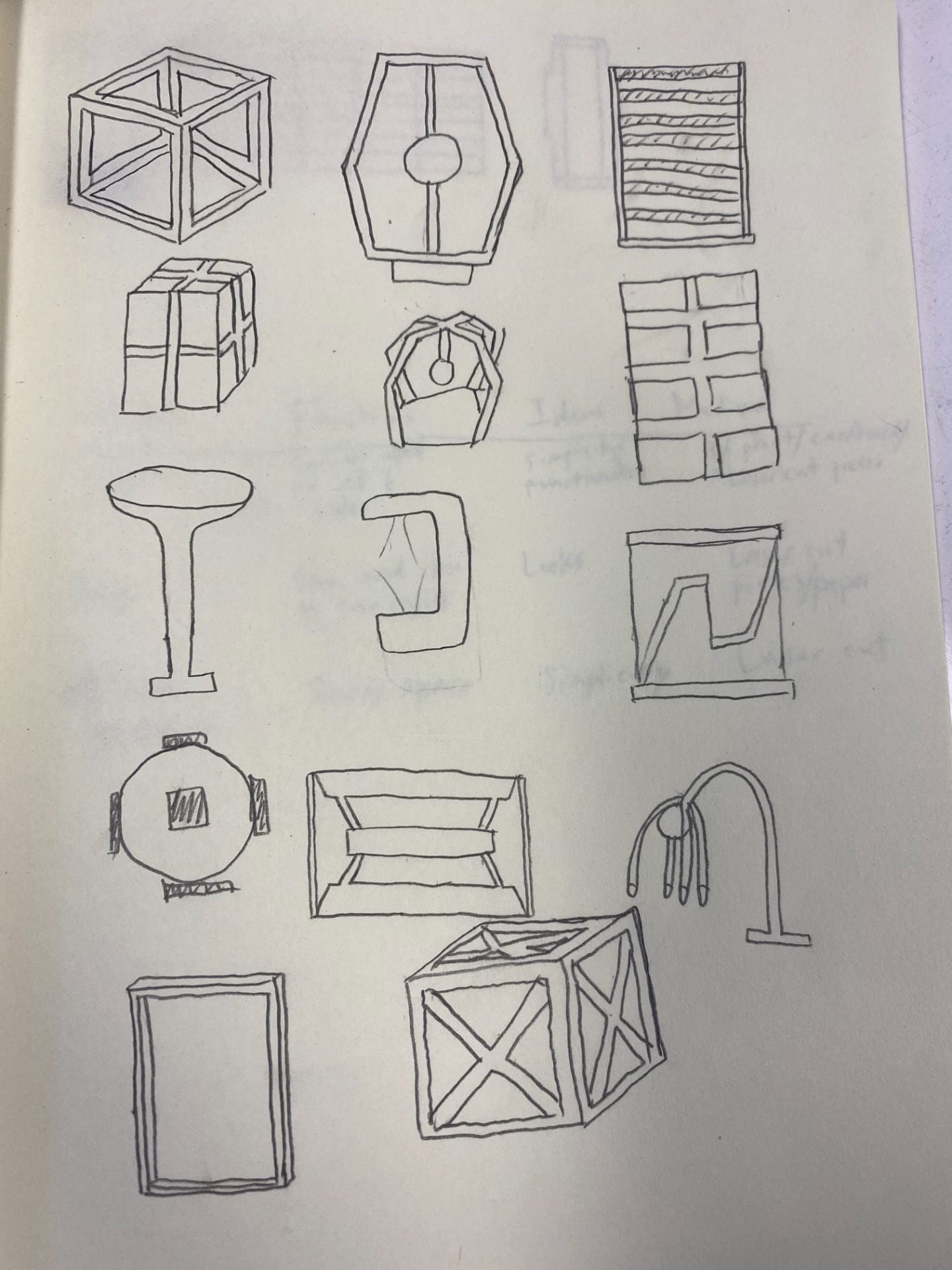The way the marble launcher works is you place a marble that has a diameter less than 2cm into the PVC pipe. Once the ball is in, you pull on the two struts poking out of the slots; the farther you pull it down, the farther the ball goes. Once you let go of the struts at the same time, the springs will pull the laser-cut piece forward, and the ball will be pushed out. This is elastic energy converted to kinetic energy, the springs are elastic and the launched marble is kinetic.
I think the most successful part of this product is that the ball can launch out with no problems. The product is also pretty light and self-explanatory.
I need to use stronger glue as the one I used is pretty weak, so the pieces could come off at any moment. I also didn’t have time to make it easier to use like adding a trigger mechanism or connecting it onto a wooden board. Another area I can improve on is the springs as the ones I used were two springs connected together.
The product is fairly environmentally-friendly. PVC pipes are one of the most sustainable products as it requires less energy and fewer resources to manufacture compared to old materials. The product is also beneficial for the consumer as they can learn about elastic energy from a simple toy. They can also figure out that the springs are launching the ball as it is visible to the user.

The marble launcher
































Recent Comments